The construction of speakers is approached in the same way as musical instrument making. Fine tolerances and attention to detail make large differences to performance. Large musical instruments and speakers suit low frequencies and vice versa. Each speaker and instrument can only function efficiently with linearity within 3 octaves (octave is ratio 1:2). Theoretically a single speaker would have to change diameter from (1in - 24ft) (20mm - 8m) to maintain similar level and dispersion over the frequency spectrum.
The majority of loudspeakers consist of paper or plastic moulded into a cone shape, loosely suspended in a frame so as to easily move back and forth to vibrate the air. Glued to the back of the cone is a coil of wire (voice coil) within a strong magnet field. Passing electricity through wire causes a magnetic field around the wire, which attracts or repels, causing the cone to move back and forth. The larger the magnet and voice coil (BL) the greater the power and efficiency, if well made. Externally vibrating the cone will cause the voice coil to generate electricity. A microphone, described as a dynamic microphone, is a miniature loudspeaker, applied in the reverse manner. A speaker can work well as a microphone especially for bass drums.
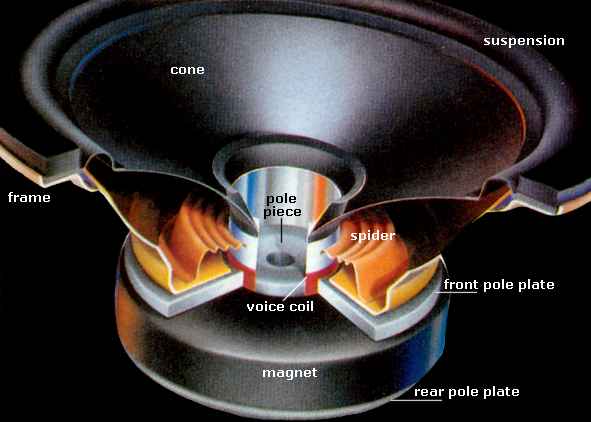
The energy of the magnet is conducted through the mild steel pole plates and pole piece and concentrated (north - south) across the gap. Hopefully the voice coil has been perfectly centred in the gap. The clearances are very very small, less than half a bees dick. The smaller the gap - the more intense the magnetic field - the greater the efficiency. The slightest variations in alignment during manufacture, cause large variations in performance.
No two speakers (of the same model number) or musical instruments can be absolutely identical. Some manufacturers of hi-end speaker systems and studio monitors will critically match the speaker components of the left and right boxes, but the majority do not.
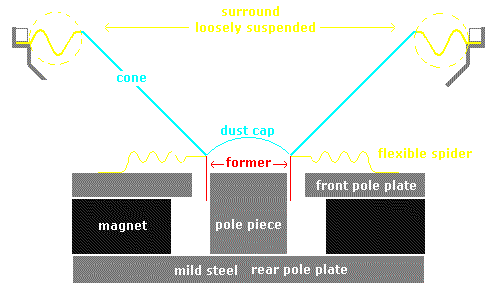
Voice Coils. Passing electricity through wire causes a magnetic field around the wire. Changing polarity of the electric current through the wire also changes the polarity of the magnetic field created around the wire. The interaction of the two magnetic fields, causes the voice coil to be pushed out of the gap forward or backward, depending on the polarity of the electricity through the voice coil.
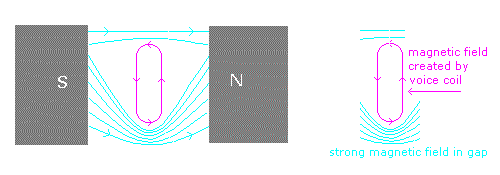
Speaker polarity. The standard test for a speaker, is to put a battery across the speaker terminals. When the + of a battery is put on to the + marked terminal of the speaker the cone should move out. This is also the correct test for checking the polarity of speakers in stereo systems. 1.5 Volt battery is safe to use. Warning. Never use this test on a compression driver.
Most voice coils are double layered, wound with enamel coated copper wire around a former then bonded with an epoxy compound and baked in an oven. Voice coils can also be wound with rectangular aluminium wire to achieve less weight and greater accuracy. A cone speaker is approx 2% efficient therefore approx 98% of the electrical energy is wasted as heat.

Voice coil Length. At bass frequencies the voice coil has to move back and forth a long distance, especially at high power, compared to the high frequencies. During movement, the % of voice coil in the gap must remain constant. The voice coil can be long and the pole plate thin or the voice coil short and the pole plate thick to achieve the same outcome. There are argued advantages and disadvantages both ways. Mid and high frequency speakers cones only move a small distance, compared to the large movement of bass speakers. The voice coil length and pole plate thickness are similar.
Mid and high frequency speakers are approx 6dB to 10dB more efficient than bass speakers. In small passive systems the mid and high frequency speakers are attenuated to match the less efficient woofer. In active systems the bass speaker is driven with higher power. An example is two 15in woofers driven with 400 Watts each (800 Watts) to match a single 12in mid-speaker driven with 200 Watts.
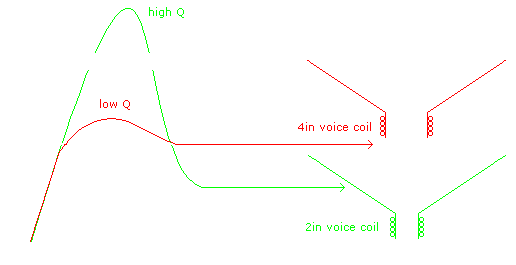
Voice Coil Diameter. On the same diameter speaker a small voice coil has less control over the cone compared to a large voice coil. With a small voice coil the cone is able to be more resonant compared to the same size cone with a large voice coil. Some small voice coil speakers may appear to be more efficient but this extra efficiency may be only at the one resonant bass note. At frequencies above this resonant bass note the speaker may be less efficient compared to the same cone with a larger voice coil. Cost and performance of speakers increase with voice coil size. Speakers made for guitar amps often have small voice coils, tight suspension, very lite weight cones and highly resonant. Whereas speakers made for hi-fidelity application will tend to have larger voice coils, heavier cones, softer suspension and lower resonance.
The larger the voice coil the better the control over the cone, and therefore improved damping and linearity. Large voice coils are expensive to make (limit approx 4in 100mm). Some 18in speakers for PA application can have 6in diameter voice coils. Assembling the speaker is also more difficult, tolerances taken to greater accuracy. The larger the voice coil diameter - the larger the area of the magnetic gap. To keep the flux density of the magnetic energy (per unit area) in the gap the same (for the speaker to retain the same efficiency) magnet size and therefore mass of the speaker must be increased. The major advantage of larger voice coils is greater power-handling.
Square Wave. It is not possible for a speaker or musical instrument to produce an acoustic square wave. A square wave can only exist in electronics where 'physical' mass and force do not exist. A speaker will average the electrical energy of a square wave as the fundamental period of a sine wave, with discordant third harmonic resonances.
A speaker responds only to the resultant energy of an electrical signal, but not to the separate characteristics of phase between voltage and current within that signal. Also to understand this demonstrates how much of the audiophile and professional audio myths about 'electronic time alignment' are simply marketing fabrications. However acoustical wave-length time alignment between the physical distances of speaker components (woofer and tweeter) is important and should be taken into consideration.
What governs the 3 octave rule?
Sound is a wave motion of air having length and co-responding height, described as frequency. At frequencies where wave-lengths are equal to and become longer than the speaker diameter, decreasing in frequency, the frequency response is smooth, and dispersion widens (directivity).
Theoretically to maintain the same power, the cone must move 4 times the distance, for each octave decrease. Cone mass, and reducing air resistance as the frequency decreases, cause this. The same as a musical stringed instrument (constant velocity).
The upper limit for high frequencies is where wavelengths become smaller than the speaker diameter. This causes node and lobe distortion within the cone (chaotic resonances). Dispersion narrows to a beam and the frequency response becomes chaotic, sounding harsh and screechy.

The lower limit is where wavelengths become 10 x greater than the speaker diameter. Cone movement is so great it becomes inefficient, non-linear and generates inter-modulation (affecting other notes). The fashion for bass speakers to be small compromises performance regardless of marketing claims.
An ideal system will have 4 speakers, each covering 2-3octaves. Eg.
(1in for the harmonics). (4-5in for upper voice). (8-10in for lower voice). (12-15in for bass).
Professional systems use horns and compression drivers for extra power and efficiency.
Speaker power
Cone Speakers are approx 2% efficient. power and efficiency is dependant on BL, which is magnet and voice coil size. B is the total magnetic energy in the gap. L is length of voice coil wire. Also mass and area of cone, suspension compliance and frequency.
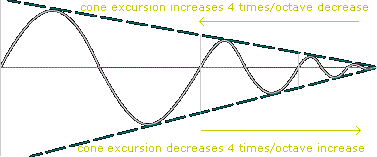
Bass power. The maximum distance the cone can move limits bass power. To maintain the same acoustic output the cone must move 4 times the distance for each octave decrease and vice versa. 1/4 distance, for each octave increase. Two times due to cone mass changing direction. Two times because air is slippery. As frequency decreases air slips sideways decreasing resistance. As frequency increases air doesn't have time to slip sideways, increasing resistance against the cone (radiation resistance).
At wavelengths greater than 10 times the speaker diameter, cone movement is so great it becomes non-linear and inefficient. Some manufacturers make the suspension tight to limit cone movement, compromising bass performance for a higher power rating.
High frequency power is limited by excessive heat that can destroy the voice coil.
Speaker manufacturers have difficulty specifying power handling. In marketing there has been a modern trend to sell speakers as being capable of 1,000 Watts plus, similar to selling a motor vehicle as being capable of going at the speed of light. At bass frequencies the cone excursion is limited by the tightness of the suspension and may be at maximum between 20-100 Watts. Above maximum excursion the bass notes become compressed.
Cone movement can be so great that at the point where the voice coil and cone are joined it can hit the pole plate, making a loud cracking sound and therefore warning. The voice coil may be capable of 50-200 Watts before it burns out (depending on time). At mid and high frequencies, cone excursion does not limit power handling. The voice coil will keep getting hotter until it burns up, and stop abruptly without warning. Sometimes excessive heat will cause the voice coil to become loose from its former. This will be heard as an annoying mechanical rattling sound.
Other types of speakers
Dome the majority of tweeters are dome, similar to the cone speaker.
Ribbon tweeters are expensive, less efficient, not common, have excellent performance.
Electro-static speakers are expensive very fragile and have a niche following, excellent transients.
-- To be continued ----


